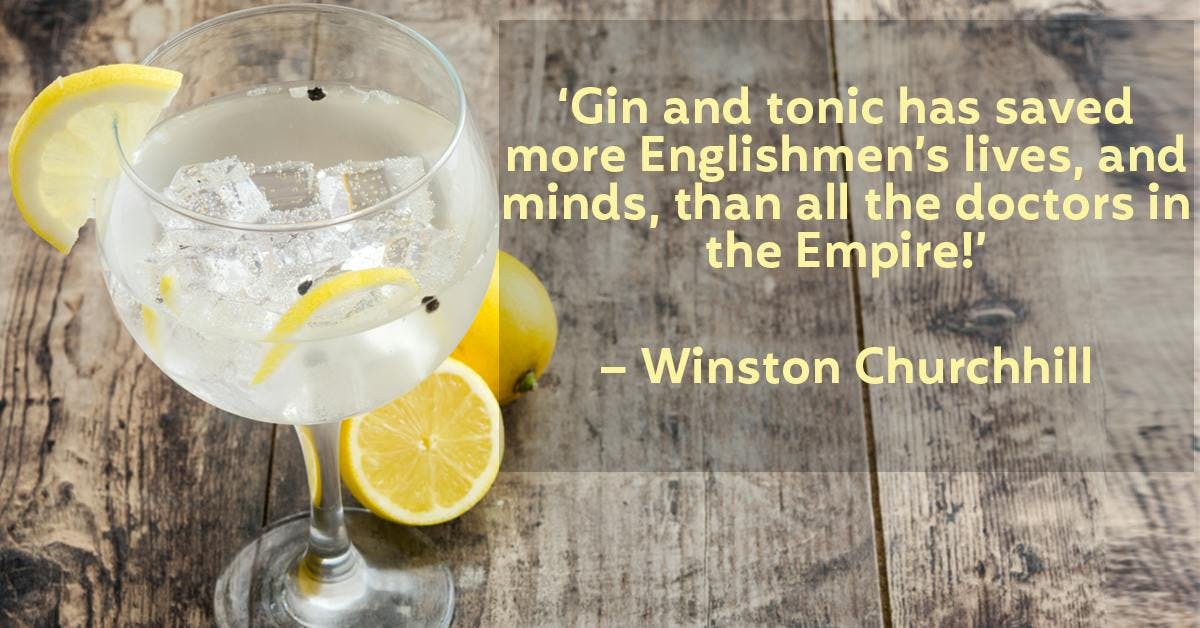
How does tree bark play a part in your G&T?!
January’s Gin of the Month box is filled with goodies inspired by the Amazon rain forest, with this month’s gin coming all the way from Bolivia. Another ama(zon)zing export from South America is cinchona tree, as it’s bark is where quinine is extracted, quinine being the main ingredient in the tonic water we mix with our favourite G&T!
Few people know that the unique bitter taste of tonic water comes from a substance called quinine, found in a plant native to South America: cinchona.
This tree’s bark has been used to fight malaria for centuries, since an Andean villager was lost in the jungle and suffering from a malarial fever. He was almost at his end when his thirst brought him to drink from a pool of water surrounded by cinchona plants. His fever broke, and he was able to return home to tell everyone about his incredible discovery.
It wasn’t until much later that the first samples of Cinchona arrived in Europe. Spanish Jesuits in the 17th century, who had become the first Europeans to learn of the plant’s remarkable properties, sent samples back to Rome.
It was a discovery that would become of the upmost importance to the imperialist governments of Europe in the centuries to come. Malaria had been disastrous for them as they attempted to expand their empires across Asia and Africa, with whole expeditions being lost to the parasitic affliction in the hot, damp areas where it was most abundant. It wasn’t long before they began to cultivate cinchona crops of their own, capitalising on the protection the plant offered. By 1840, a staggering 700 tonnes of the stuff were being consumed each year by Brits in India alone!
To extract the quinine, the bark of the cinchona plant was ground into a powder and dissolved in alcohol so that it could be drunk. But the concoction had a gruellingly bitter taste, so to help the medicine go down British colonists would mix the powder with sugar, water and gin. It was that mixture that would evolve to become the gin and tonic we all know and love today.
So when you pour your next G&T, be sure to raise a toast to South America and its cinchona plant - that most seminal of flora!







